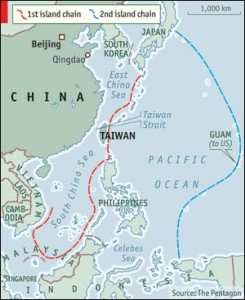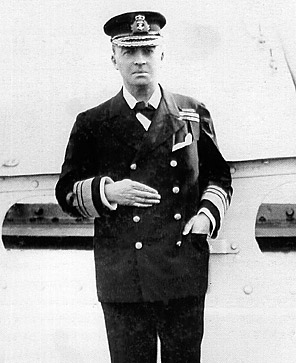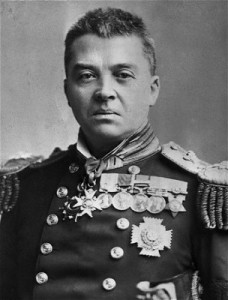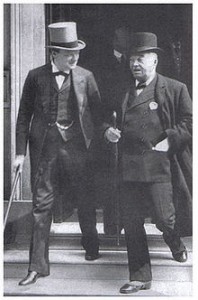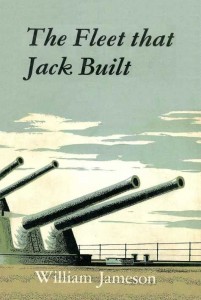Several days ago (Tuesday September 23), I drove to work listening to the report of the United States’ government’s latest military adventure in the area of the Levant at the confluence of northeastern Syria and western Iraq. The National Public Radio (NPR) announcers intoned dryly on the launches, among other things, of 50—yes fifty—tomahawk land attack cruise missiles (TLAM) as part of a major strike against the threat de jour of this season, the brutal Islamic State.[1] At 1.4 million dollars a pop, tomahawks[2] are a very very expensive way to kill people and blow up their sinews of war, the most expensive of which were captured from the Syrian and most recently Iraqi armies—in other words less expensive stuff (like towed artillery and armored personnel carriers) that originated mostly in Russian and US factories.[3]

23 and a half years ago the US launched its first TLAMS as a part of the opening air campaign of Operation Desert Storm, the combat phase of the US-led coalition’s successful effort to liberate Kuwait from the military forces of Saddam Hussein’s Iraq and to restore stability, of some kind, to the Persian Gulf region.[4] That use was part of an overall suppression of enemy air defense (SEAD) campaign that built on the lessons learned from Vietnam in 1972, the Yom Kippur War in 1973, and finally the Israeli Bekka Valley SEAD campaign in 1982. TLAMS served as a means, along with electronic countermeasures like radar jamming and use of anti-radiation missiles (ARM), to suppress Iraqi air defenses. Their use made sense because they were part of an overall campaign to achieve air superiority before launching the ground war that quickly liberated Kuwait under skies dominated by US and coalition aircraft.
Since then, TLAMs have been used in a similar fashion in Bosnia (Deliberate Force, 1995), Kosovo (Allied Force, 1999), Iraq again (Desert Fox, 1998, and Iraqi Freedom, 2003), and most recently in Libya (Odyssey Dawn, 2011).[5] One sees a trend here, with the exception of Iraq in 2003, of using these weapons as a means to show resolve without risking the lives of US service personnel on the ground. Arguments can be made to support this use, although similar arguments can be made against their use, especially in the air-only campaigns. Today, they are again supposedly a part of a larger air campaign against the thug-regime of the Islamic State (for our purposes here ISIS). One supposes that they were being used because of the air defense capabilities of ISIS, especially captured surface-to-air missile (SAM) equipment, anti-aircraft artillery, and radars. Some of this concern for both manned and unmanned aircraft attacking ISIS is also directed at the Syrian regime, which has not guaranteed that its air defense system will remain silent during this expansion of the air war into Syria to attack the “capital” of the ISIS caliphate at Raqqa. However, ISIS’s air defenses have been assessed by some as being “relatively limited.”[6]
One must ask the question, why expand the war, both geographically and in terms of means, for the purposes of this essay, the means equating to TLAM use? Has anyone done a cost benefit analysis (CBA) of this usage or is their use more an informational tactic meant to show sexy pictures of TLAM use to convey the seriousness of the intent by the Obama Administration? A CBA notwithstanding, these other things may all be true to varying degrees, but it points to a more troubling suggestion. Is the use of TLAMs, like the use aircraft carriers to deliver the air power to these land-locked regions, simply a reflection of the strategic poverty of American thinking?
There are very few positive benefits in all these results. Strategic poverty? Or cynical public relations campaign? Or wasteful expenditure of high technology smart ordnance against a very weak target (the ISIS air defense “system”)? None of these choices offers much in the way of reassurance to this writer.
Further, the criteria for the use of these expensive “kamikaze drones”—my characterization for TLAMS—seems to be lower and lower. More and more, in the 1990s and since, when the US government wanted to blow up some meaningless bit of sand or dirt to display US resolve it sent these weapons in to do the job—or not do the job in most cases. We think we are sending a signal of resolve but our enemies, like the North Vietnamese during the ineffectual Rolling Thunder campaign, “hear” us sending a message of weakness, lack of resolve, and even cowardice.[7] A friend of mine, who shall remain anonymous, refers to the TLAM as: “the 20th Century equivalent of a diplomatic note, meant to convey disapproval without really doing anything.”
Alcoholics Anonymous—among others—has a saying: “doing the same thing over and over again and expecting a different result is the definition of insanity.” This latest gross expenditure of US tax dollars by the US Navy at the behest of its strategic masters to blow things up in a remote corner of the globe provides more evidence that US policy is either insane, impoverished, cynical, or all of the above. Let us hope it is impoverished, because that we can change; one day, and one election, at a time. But first the US must quit its knee jerk reactions to these sorts of events, like an alcoholic going on another binge.
John T. Kuehn’s views are his own and do not reflect the official policy or position of the Department of the Army, Department of Defense, or the U.S. Government.
[1] http://news.usni.org/2014/09/23/implications-expanding-isis-airstrikes-syria, (accessed 9/23/2014).
[2] http://fas.org/man/dod-101/sys/smart/bgm-109.htm, (accessed 9/23/2014).
[3] http://www.infowars.com/isis-is-taking-over-iraq-using-captured-american-weapons/, (accessed 9/23/2014).
[4] Ed Marolda and Robert Schneller, Jr., Shield and Sword: The United States Navy and the Persian Gulf War (Annapolis, MD: Naval Institute Press), 167-183.
[5] http://www.navy.mil/submit/display.asp?story_id=59476, (accessed 9/23/2014); and http://fas.org/man/dod-101/sys/smart/bgm-109.htm, (accessed 9/23/2014).
[6] http://news.usni.org/2014/09/23/implications-expanding-isis-airstrikes-syria, (accessed 9/23/2014).
[7] LCDR Douglas M. White, USN, “ROLLING THUNDER TO LINEBACKER: U.S. FIXED WING
SURVIVABILITY OVER NORTH VIETNAM,” 2014, unpublished masters thesis (Fort Leavenworth, KS: Combined Arms Research Library, 2014), passim.

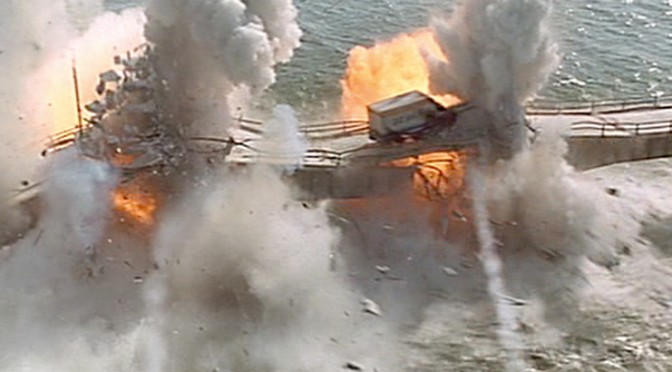
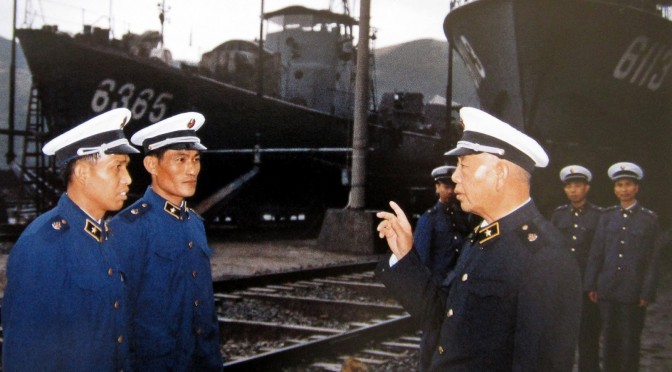
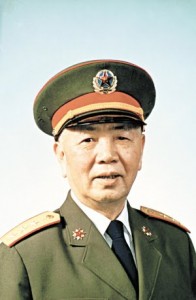 Liu Huaqing is arguably one of China’s most famous naval officers. Often referred to as the “father of the modern Chinese Navy” and “China’s Mahan,” Liu served as commander of China’s Navy, the People’s Liberation Army Navy (PLA Navy) from 1982 to 1987, a period which saw a sea change in China’s naval strategy as it moved away from coastal operations. However, Liu’s legacy is much more complex, given that he was actually more of a ground forces officer assigned to the navy, rather than a life-long naval officer. Rather than being the likely originator of China’s post 1980s naval strategy, he should be better remembered as one of China’s most ardent supporters of a stronger Chinese naval power.
Liu Huaqing is arguably one of China’s most famous naval officers. Often referred to as the “father of the modern Chinese Navy” and “China’s Mahan,” Liu served as commander of China’s Navy, the People’s Liberation Army Navy (PLA Navy) from 1982 to 1987, a period which saw a sea change in China’s naval strategy as it moved away from coastal operations. However, Liu’s legacy is much more complex, given that he was actually more of a ground forces officer assigned to the navy, rather than a life-long naval officer. Rather than being the likely originator of China’s post 1980s naval strategy, he should be better remembered as one of China’s most ardent supporters of a stronger Chinese naval power.